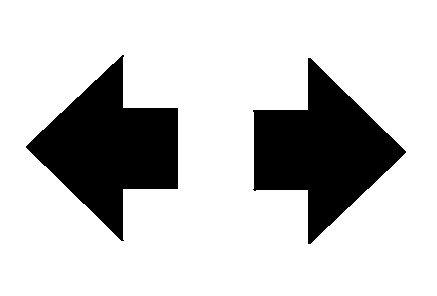The turn signal has two upward (for right) and two downward (for left) positions. These positions allow you to signal a turn or a lane change.
To signal a turn, move the lever all the way up or down. When the turn is finished, the lever will return automatically.

An arrow on the instrument panel cluster will flash in the direction of the turn or lane change.
To signal a lane change, just raise or lower the lever until the arrow starts to flash. Hold it there until you complete your lane change. The lever will return by itself when you release it.
As you signal a turn or a lane change, if the arrows flash rapidly, a signal bulb may be burned out and other drivers won't see your turn signal.
If a bulb is burned out, replace it to help avoid an accident. If the arrows don't go on at all when you signal a turn, check for burned-out bulbs and then check the fuse. See Fuses and Circuit Breakers .
To signal a turn, move the lever up or down. The lever returns to its original position when the turn is completed.

An arrow on the instrument panel cluster will flash in the direction of the turn or lane change.
To signal a lane change, raise or lower the lever until the arrow starts to flash. Hold it there until the lane change is completed. The lever will return to its original position when released.
Arrows that flash rapidly when signaling for a turn or lane change, or that fail to work, may indicate a burned-out signal bulb or fuse. Other drivers will not see the signal. See Front Turn Signal and Parking Lamps and Taillamps, Turn Signal, Sidemarker, Stoplamps and Back-up Lamps for turn signal bulb replacement procedures. Also see Fuses and Circuit Breakers for location of fuses.
A chime will sound if the turn signal is left on for more than 3/4 mile (1.2 km).
